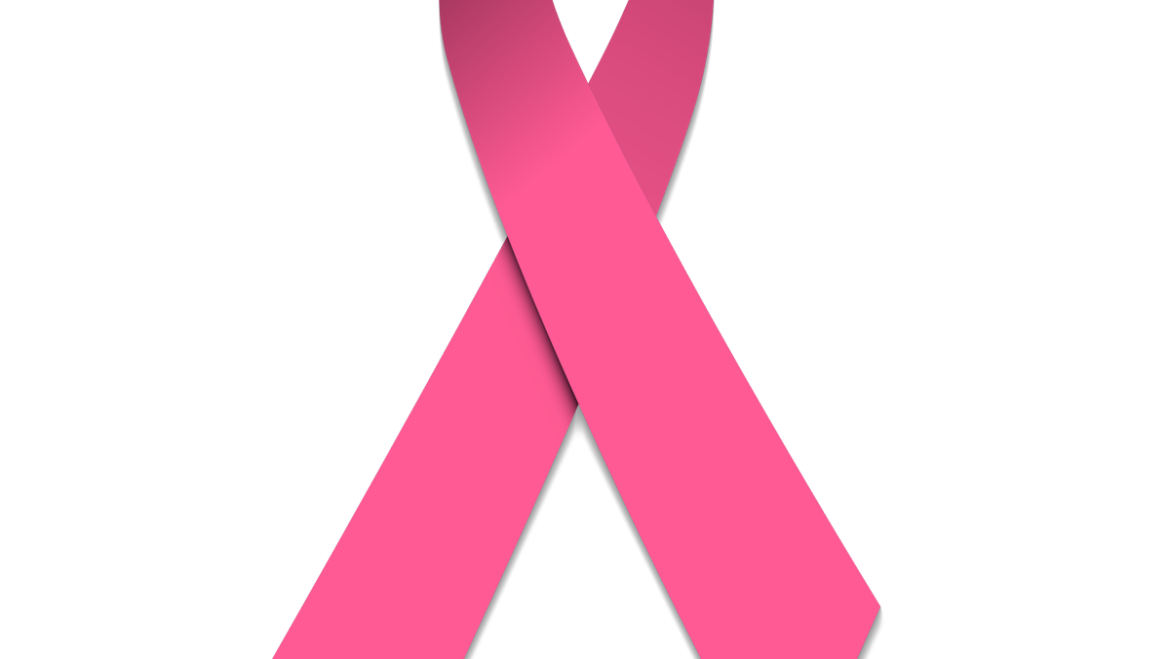Breast cancer is cancer that develops from breast tissue. Signs of breast cancer may include a lump in the breast, a change in breast shape, dimpling of the skin, fluid coming from the nipple, a newly-inverted nipple, or a red or scaly patch of skin. In those with distant spread of the disease, there may be bone pain, swollen lymph nodes, shortness of breath, or yellow skin. Breast cancer starts when cells in the breast begin to grow out of control. These cells usually form a tumor that can often be seen on an x-ray or felt as a
lump.
Step 1
Begin by looking at your breasts in the mirror with your shoulders straight and your arms on your hips.
Here’s what you should look for:
- Breasts that are their usual size, shape, and color.
- Breasts that are evenly shaped without visible distortion or swelling.If you see any of the following changes, bring them to your doctor’s attention:
- Dimpling, puckering, or bulging of the skin.
- A nipple that has changed position or become inverted (pushed inward instead of sticking out).
- Redness, soreness, rash, or swelling.
Step 2&3
Raise your arms and look for the same changes. While you’re at the mirror, gently squeeze each nipple between your finger and thumb and check for nipple discharge (this could be a milky or yellow fluid or blood).
Step 4
Feel your breasts while lying down, using your right hand to feel your left breast and then your left hand to feel your right breast. Use a firm, smooth touch with the first few fingers of your hand, keeping the fingers flat and together. Cover the entire breast from top to bottom, side to side—from your collarbone to the top of your abdomen, and from your armpit to your cleavage.
Step 5
Finally, feel your breasts while you are standing or sitting. Many women find that the easiest way to feel their breasts is when their skin is wet and slippery, so they like to do this step in the shower. Cover your entire breast, using the same hand movements described in Step 4.
PREVENTION
Main aim is early detection through Education/Awareness
- Screening
- Breast Self-examination
- Clinical Breast examination
- Mammography
Early detection saves lives!!!! Courtesy, HealthNet. For further enquiries; visit any of our branches or call us.

Add Comment